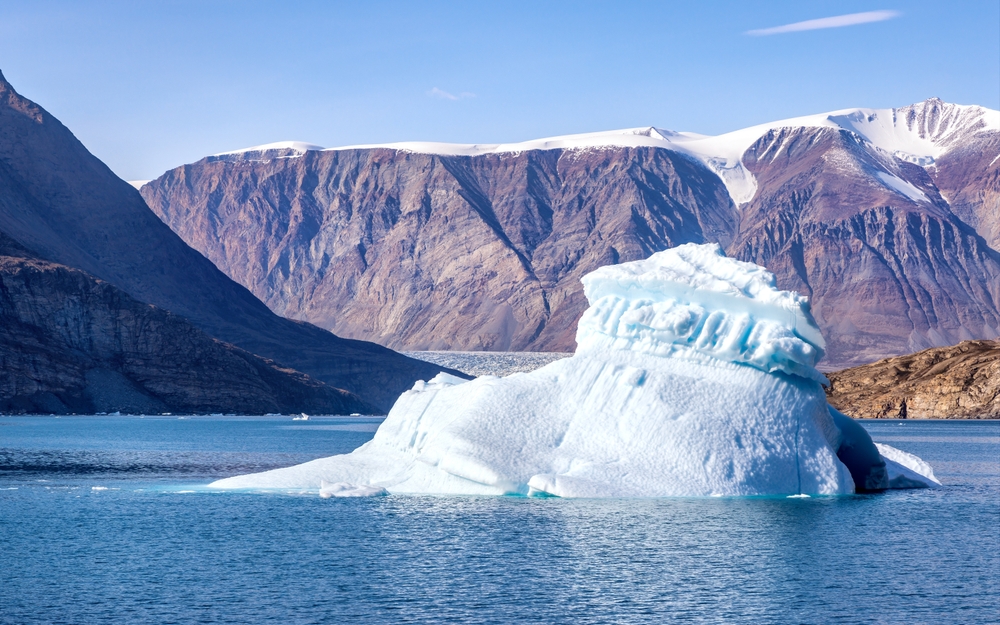Now Reading: Scientists Unravel Mystery Behind Earth’s 90-Second Pulses in 2023
-
01
Scientists Unravel Mystery Behind Earth’s 90-Second Pulses in 2023
Scientists Unravel Mystery Behind Earth’s 90-Second Pulses in 2023

Quick Summary:
- Seismic Signals Identified: Unusual 90-second pulses lasting for nine days were detected globally in September and October 2023. The suspected source was Dickson Fjord in East Greenland.
- Phenomenon Explained: Oxford researchers confirmed the pulses were caused by standing waves,or seiches,generated by glacier-driven rock-ice avalanches.
- Mechanism of Event: Tsunami waves with an estimated initial amplitude of 7.9 meters bounced back and forth within the fjord’s narrow geography, creating rhythmic seismic signals.
- Satellite Data Contribution: The Surface Water and Ocean Topography (SWOT) satellite detected elevation changes up to two meters in the fjord water surface. Machine learning helped reconstruct wave characteristics during data gaps.
- Climate Implications: Melting Arctic glaciers,driven by climate change,are increasing landslide risks that can lead to phenomena like these seiches.
Indian Opinion Analysis:
These findings highlight how cutting-edge satellite technology is reshaping scientific understanding of rare Earth processes. Such advancements are notable for India as a country highly dependent on advanced monitoring tools for disaster management and climate adaptation strategies.
India has a long coastline prone to tsunamis, storm surges, and freak wave events; thus leveraging technologies like SWOT could enhance predictive capabilities that safeguard vulnerable populations. Meanwhile, insights into Arctic vulnerabilities emphasize global impacts of climate change – a concern affecting Himalayan glaciers similarly critical to India’s water resources.
Global collaboration on space research may hold better answers not only for understanding these phenomena but also for fostering lasting solutions applicable across regions facing similar challenges.
























